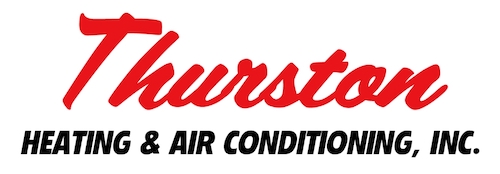
You might not think a lot about how your air conditioner operates, but it requires refrigerant to keep your house fresh. This refrigerant is bound by environmental regulation, since it contains chemicals.
Subject to when your air conditioner was put in, it may use R-22, R-410A or R-32 refrigerant. We’ll go over the differences and which air conditioner refrigerants are being phased out in Kearney, as well as how these phaseouts have on influence on you.
What’s R-22 and Why Is It Phased Out?
If your air conditioner was added before 2010, it possibly uses Freon®. You can find out if your air conditioner contains it by reaching us at 308-624-3485. You can also inspect the name plate on your air conditioner condenser, which is located outside your home. This sticker will include info on what model of refrigerant your AC uses.
Freon, which is also known as R-22, contains chlorine. Scientists consider this chemical to be bad for the earth’s ozone layer and one that results in global warming. The Environmental Protection Agency, which manages refrigerants in the United States, outlawed its creation and import in January 2020.
Should I Replace My R-22 Air Conditioner?
It depends. If your air conditioning is operating fine, you can continue to run it. With yearly air conditioner maintenance, you can expect your system to operate around 15–20 years. However, the Department of Energy reports that removing a 10-year-old air conditioner could save you 20–40% on summertime cooling bills!
If you don’t replace your air conditioner, it might cause an issue if you need air conditioning repair later on, specifically for refrigerant. Repairs may be more expensive, since only small levels of recycled and reclaimed R-22 is on hand.
With the discontinuation of R-22, most new air conditioners now use Puron®. Also known as R-410A, this refrigerant was developed to keep the ozone layer in good shape. As it needs an incompatible pressure level, it doesn’t match air conditioners that use R-22 for cooling.
However, Puron still has the possibility to contribute to global warming. Because of that, it could also sometime be ended. Although it hasn’t been communicated yet for residential air conditioners, it’s expected sometime this decade.
What Refrigerant Will Take Over R-410A?
In preparation of the end, some brands have begun using R-32 in new air conditioners. This refrigerant is classified low for global warming possibility—around one-third less than R-410A. And it also lowers energy expenditure by around 10%, according to the Intergovernmental Panel on Climate Change’s Fourth Assessment Report. That’s savings that may be forwarded on to you through your cooling expenses.
Thurston Heating & Air Conditioning Can Assist with All Your Air Conditioning Needs
In short, the changes to air conditioner refrigerant probably won’t affect you greatly until you need repairs. But as we discussed previously, refrigerant repairs may be pricier due to the reduced quantities available.
In addition to that, your air conditioner frequently breaks down at the worst time, frequently on the warmest day when we’re receiving many other appointments for AC repair.
If your air conditioner uses a discontinued refrigerant or is more than 15 years old, we suggest getting a new, energy-efficient air conditioner. This delivers a trouble-free summer and could even reduce your cooling costs, especially if you get an ENERGY STAR®-rated system. Plus, Thurston Heating & Air Conditioning offers many financing options to make your new air conditioner even more affordable. Contact us at 308-624-3485 to start today with a free estimate.
